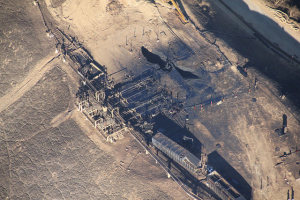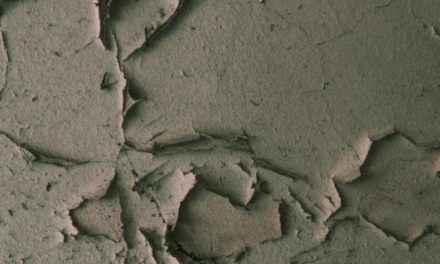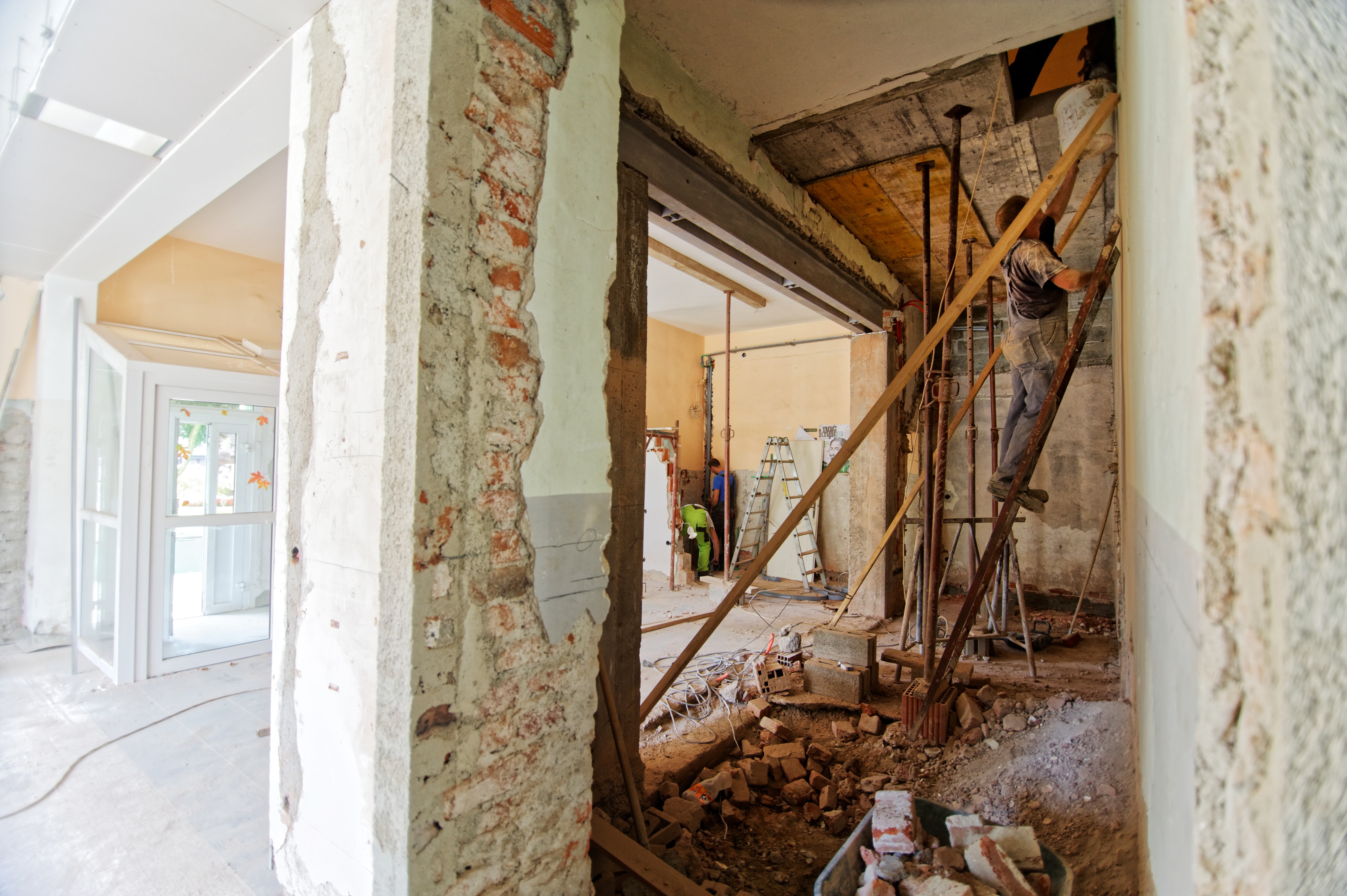
Aliso Canyon well pad with methane leak, courtesy of Earthworks, CC BY 2.0.
At first glance, Porter Ranch in Los Angeles looks like any other neighborhood in the area. But it’s what can’t be seen that is making headlines across the country. A massive methane leak last year sent thousands fleeing from their homes. The worst part is that it may not be over any time soon.
The leak was discovered on October 23, 2015 at the Aliso Canyon storage facility run by Southern California Gas Co., which is near the Porter Ranch community. An estimated 1,200 tons of methane is being released every day. In the months since the leak, residents nearby have complained of a wide range of ailments. On January 6, 2016, California Governor Jerry Brown declared a state of emergency as officials worked to figure out a way to stop the leak and help those who have been affected.
How is the methane leak causing health effects?
By the time the methane leaking from the facility reaches Porter Ranch, it is diluted enough that it cannot be detected by air quality monitors. From a health standpoint, the problem is not the methane itself, but rather compounds of additives known as mercaptans that gives methane its telltale smell. Methane is otherwise odorless, and the pungent added scent is one way for those near it to know there is a leak. It is a smell that has helped homeowners across the country realize they had a problem before it got out of hand.
However, the additive that was supposed to be a safety feature is what is responsible for all the health issues coming from the Aliso Canyon leak. The mercaptans are made of tertiary butyl mercaptan and tetrahydrothiophene. Neither chemical is toxic, but because of the strong odor, inhalation can affect people in different ways. Those who are more sensitive to smells can have a more adverse reaction. Residents have complained of headaches, nausea, nosebleeds, and respiratory problems.
The good news is that the effects should not last long, but given that the leak is nearly 3 months old with no signs of being stopped, it’s not much consolation for Porter Ranch residents.
How many students and residents have been displaced by the methane leak?

Mayor Garcetti spoke with students at Porter Ranch Community School before the students were relocated. Photo courtesy of Eric Garcetti, CC BY 2.0.
Two schools are located near the gas leak—one about a mile away, and the other about 2 miles away from the Aliso Canyon facility. Officials at both schools watched as the number of absences increased. On December 17, 2015, the Los Angeles Unified Board of Education took action and declared a state of emergency at Porter Ranch Community School and Castlebay Charter School, the two closest to the leak.
When students returned to class this month, many did so at other schools farther away from the methane leak. The school board used the break to move 33 modular buildings and prepare for the influx of 1,870 students from the affected schools.
Many of those students’ families have also left Porter Ranch. Approximately 4,500 residents either are in the process of moving away or have already found temporary homes elsewhere. Southern California Gas Co. is working with families to help them find temporary housing. It’s just one of the costs mounting for the company.
How much has the methane leak cost so far?
Moving nearly 2,000 students to new schools did not come cheap for the school board. Along with the extra classrooms, officials had to prepare to serve more lunches at the schools hosting relocated students, move desks and chairs, and complete a host of other tasks to prepare for the second half of the school year. The board said the move cost about $5 million, and they expect the gas company to pay for it.
The gas company itself has also spent a large amount of money since the discovery of the leak. A securities filing reported more than $50 million spent trying to stop the leak. Southern California Gas Co. does have insurance policies totaling more than $1 billion, but after all is said and done, the company could be paying much more.
So far, more than two dozen lawsuits have been filed, including claims for loss in property value. The utility company also could face fines from the California Public Utilities Commission. Those fines could be up to $50,000 per violation per day.
What’s expected in the future for those affected by the methane leak?
Because of the magnitude of the problem and the lack of adequate contingency plans, one Los Angeles City Councilman has compared the methane leak to the BP oil spill in the Gulf of Mexico. Southern California Gas Co. hopes to have the leak stopped in March. Students will finish out the year in their relocated classrooms, many of them living in temporary housing until the air above their homes has cleared. However, even after the leak is stopped, the litigation will just be beginning.






Recent Comments